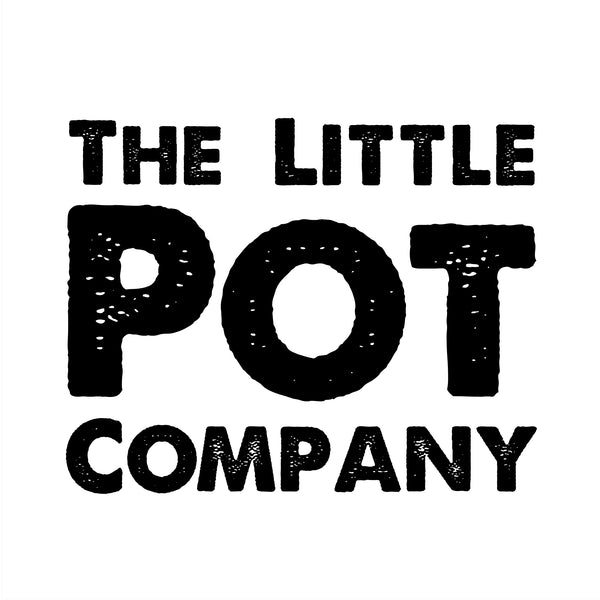
The Vanishing Craft: Is Handmade Pottery Dying in the UK?
Share
Is the future bright for handmade pottery or is the world doomed to a future full of mass produced ceramics?
To be honest, it's been a bit tough recently. I started my business as a full time venture in 2020. At this time we had the first covid lock down in the UK, online shopping surged and new dog ownership increased significantly. Selling dog bowls online was like fish in a barrel. I had no idea how the stars had aligned for me at the time and barely did any promotion of my business. Since then things gradually got tougher and my marketing efforts had to increase to stay afloat.
This year there seemed to be a definite dip in my sales around the height of the US tariff war and stock market wobble. I wasn't sure if it was just a coincidence or people are worried in general about spending at the moment. Through a little research I discovered it's not just a problem for me; consumer confidence in the UK is at its lowest since December 2022.
I've never really looked at the overall economics of the country until recently. I'd attributed quiet times to bad product photos, unprofessional descriptions or the 'algorithms'. While these and many other things under my control have an effect on sales; I've come to realise there's many things I can't control such as people's buying power and a lot of my costs.
It's not only individuals making handmade pottery that struggle when the economics get tough. In 2025 Moorcroft Pottery and Royal Stafford closed their doors, in previous years Dudson, Wade and Johnsons Tiles went out of business.
The cost of energy was a major factor in making these businesses unsustainable, with energy costs going up hundreds of thousands of pounds in some cases. This is a problem shared by the whole manufacturing sector in the UK.
For people using small kilns like me the energy cost may not be such a big issue although my gas prices seem to only ever go up when oil prices spike and never down when they drop. My bill last year was 19% of total expenses - excluding labour.
Apart from shopping around for the best value gas, clay and packaging supplies there really isn't much we can do to limit these costs. To stay competitive this year I've decided to make a big push moving sales to my own website away from Etsy. Last year the total fees from Etsy were around four times that of own website based on the same amount of sales. Just moving the orders from one platform to the other could pay about an extra months wages.
I've also started looking at my production methods again. One thing I invested in is a bat system from Hartley & Noble which will save time. Instead of drying pots for a minute or so with an air gun and lifting from the wheel, I can just like the bat off and start the next piece. It seems to be speeding up my work over the last couple of weeks and over a year it could be quite considerable. I've also bought some slightly bigger kiln shelves and plan to add more layers of bricks to my kiln to increase the stacking space.
Along with improvements to manufacturing processes I think as modern potters we need to be digitally astute to continue to thrive. Getting visitors these days is less about a sign outside the pottery, more about signs all over the internet to draw customers onto your website. Skills with website SEO, mailing lists, social media and paid adverts all play their part.
If this all sounds a bit doom and gloom you will be happy to know that according to Heritage Crafts handmade pottery isn't in too much danger. They have a red list of endangered crafts, separated into categories like endangered and critically endangered. Pottery isn't on any of these lists so it's a much better shape than something like arrowsmithing, wainwrighting or currach making.
Taking all these things into consideration I'm confident there's a future for potters like me. As long as the economy doesn't totally tank there will be people who appreciate their morning cuppa in a handmade mug. We just need to stay up to date with technology, improve efficiency of production and produce beautifully unique work.
Am I way off the mark with this? I'd love to hear your comments below.

2 comments
Thank you Tom for your honest assessment
As someone who dreams to get out of teaching economics and do what you do, I think you are spot on.
Hopefully your sensible production and distribution changes will help cut costs and improve the profile of your excellent products!
I though your earlier article om connecting with local cafes etc was really helpful
All the best
MJ
This made interesting reading. One observation that stood out was the fact that you understand how important it is to be ’digitally astute’. I am now in full thought mode about other ways to showcase your wonderful work. I have unwittingly grown a collection of ceramics throughout my adult life. Most of it is in practical use. The odd piece is about character, glaze, colour – something that at the time made my heart sing. We occasionally escape to two hotels that are individual family businesses. Both encapsulate the meaning of attention to detail (Headlam Hall; Washingborough Hall) and there are times when I sit there lost in my thoughts and something catches my eye. For example, a tiny pottery vase with a couple of flowers from the garden. Nothing too showy or grand, just a tiny detail. So I will ponder today and email you with any ideas. Keep going Tom – you are on the right track :-)